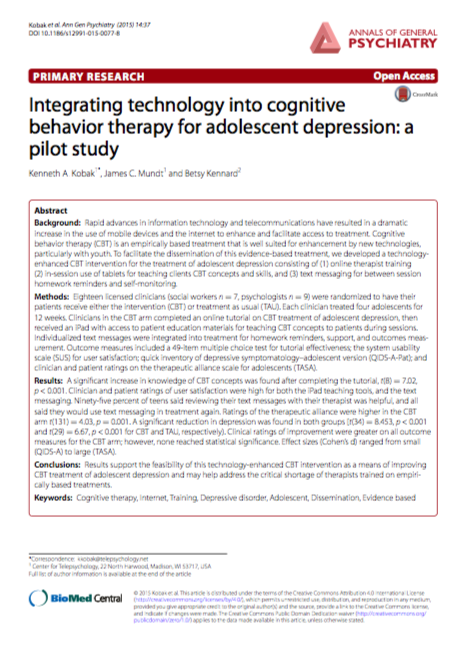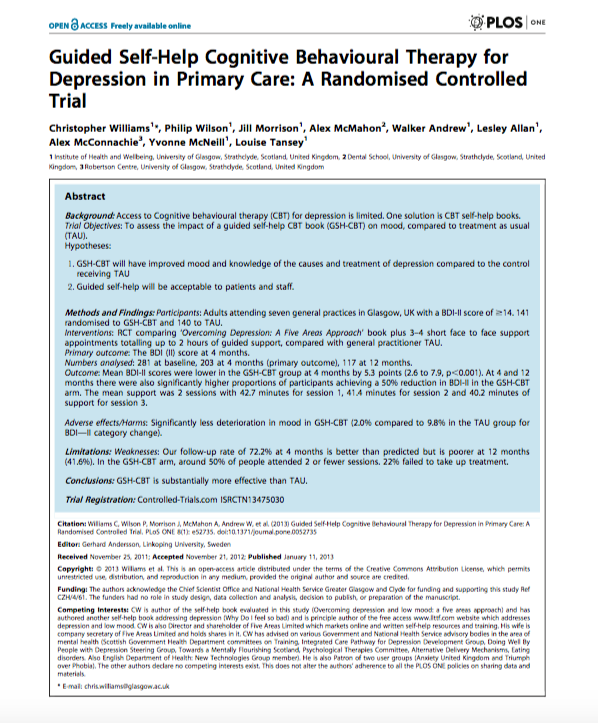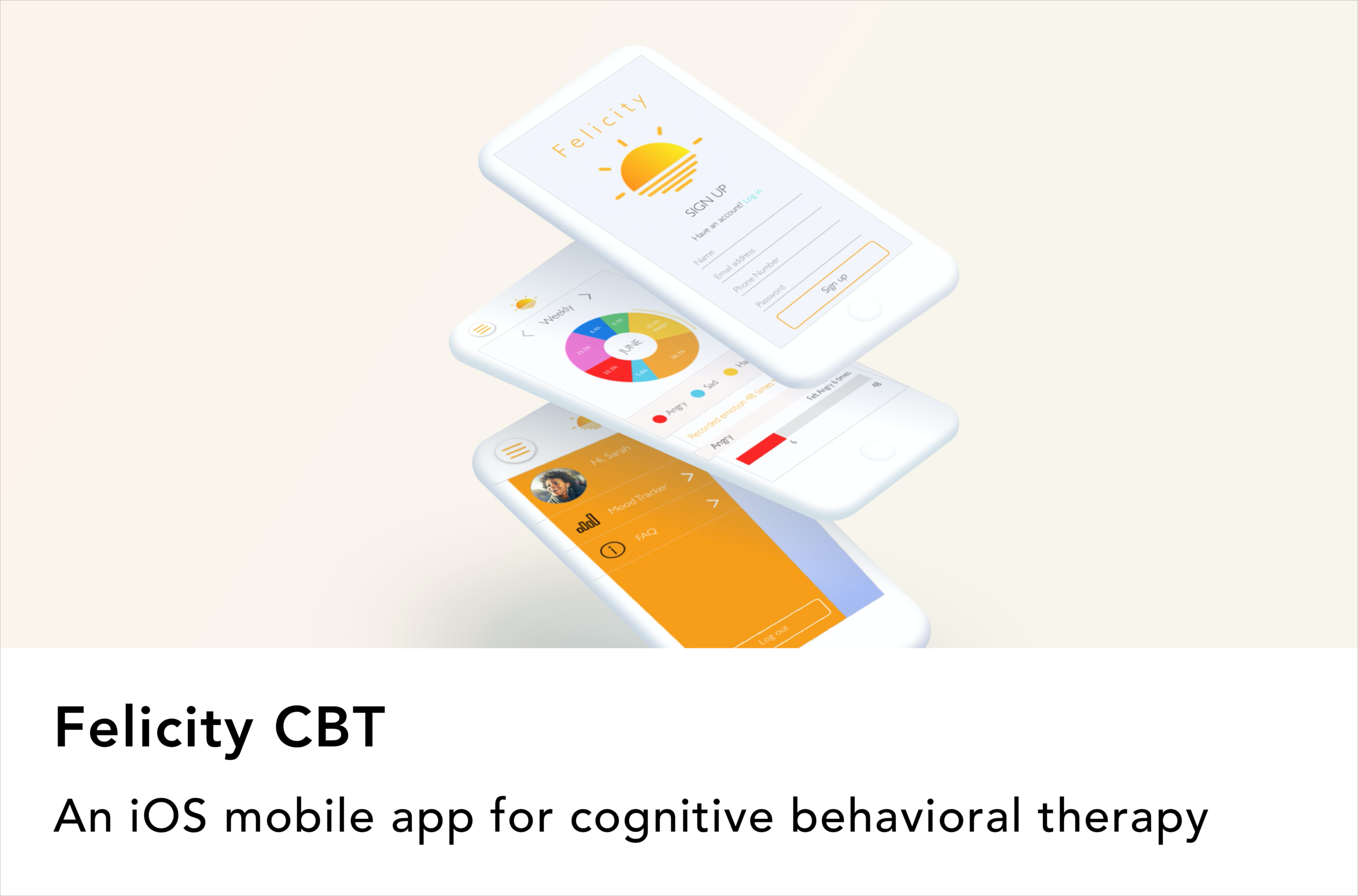
Felicity
Felicity CBT
A self-help mobile application for students with mental illness to provide easy access to cognitive behavioral therapy
April 2018 - June 2019
Design Lead / User Researcher / Product Owner
User Research / Startup Project / Interaction Design / Information Architecture

Story
Felicity is funded by The Basement through alumni support and entrepreneurship workshops. The app aims to provide easy access to treatment for diseases affecting people worldwide that can easily be mitigated through self-administered cognitive behavioral therapy. The inductive method, which encourages a logical pattern of thought, and socratic method, which encourages users to reexamine feelings to find the roots of the problem, are optimized in this app.
As part of the founding team member, my role is to serve as the UX Design Lead to manage a team of designers and help build targeted user research, user flows, lo-hi fidelity wireframes, and prototypes to ensure smooth development in Android/iOS design patterns.
Overview
New Update Launched Version 1.0 iOS App and Android app at Apple Store & Google Play (Version 1.0.2 soon to be released) 🎉🎉
Funding Pitched and received $1,000 in funding from the UCSD start-up incubator, the Basement
Team Felicity Yin / Pooja Yadav / Farrah Wong / Aman Singh
Felicity Helping you help yourself 1
Our Mission Statement
To improve people's lives by integrating technology within the realm of cognitive mental health care. We aim to better the mental well-being of users by improving access to a clinically tested self-help menthal health treatment option at the convenience of a mobile application.

Effective self-help treatment option
That’s where Felicity comes in

Inspiration: Why does this matter?
College students are an at-risk group for clinical depression, as designated by the National Institute of Health. Of the 31,463 students who responded to the redesigned National College Health Assessment, 16.8% (≈5,286 students) reported depression as a factor in affecting academic performance (American College Health Association, 2017). In a ten-year period, the original National College Health Assessment also indicated a 4.6% increase in depression diagnoses among college students, making depressive disorders the “most prevalent” mental health concern for college students (Buchanan, 2012). Studies by van Straten et al. (2010) and Beltman et al. (2010) confirmed that CBT was more effective than control groups with no treatment.

Context: So what is CBT?
CBT has been shown to be an effective self-help, internet-based treatment option for people diagnosed with depression (Karyotaki et al., 2017), affirming our decision to venture into the mobile space with regards to a CBT application. There has not been an app developed yet that educates users on how to administer cognitive behavioral therapy (CBT) for themselves in a journaling mobile-setting intervention. Recently, studies have shown that CBT done by the patients themselves can be just as effective as that administered by a licensed professional. However, these studies mainly utilized CBT worksheets or self-help books, which may not be available options for the majority, especially college students.
CBT, or Cognitive Behavioral Therapy, aims to change the ways in which people think or are stuck thinking by helping them realize their negative patterns of thought and reevaluate them. This change in perspective allows users to practice thinking in a more positive way.
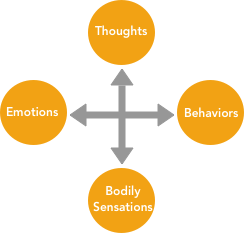

Well-being Scale & Depression Index Survey
To conduct targeted user research, we released Well-being scale online surveys to understand students’ unmet needs for mental health treatment within the UC San Diego student population and identify clear use case scenarios for the launching of Felicity based on arising problems. We received responses from 70 users.

Interviews
Based on brief semi-structured interviews with 4 students, we addressed the following problems below. The need for accessible mental health care and the need for technological aid in administering CBT are clearly evident. Traditional therapy involves clinic visits that may be inaccessible due to social stigma, monetary barrier, lack of transportation, unavailable schedule, and other factors. Often times, students are not receiving the treatment that they need.

Solution
We established use case scenarios tied together by a common goal: increase accessibility to self-administered CBT.

Launching of Version 1.0
We successfully launched version 1.0 based on grounded research, electing to forgo some design specifications due to a constrained timeline.

Focus Groups
Follow-up surveys were released so that users can voluntarily participate in our focus group to test and give feedback on our released version 1.0. 25 users responded and 13 users agreed to be a part of our focus group. Users’ participation and feedback is crucial for us to develop an app that accurately reflects the needs of college students. Benefits of being in the focus group included being entered into a raffle to win Amazon or Starbucks gift cards, and helping to increase access to mental health treatments on college campuses.

User Persona Development
After the focus group, I extracted key unmet user needs and pain points based on feedback from research. I went back to the drawing board and translated these user characteristics into user personas to continue the iterative design process.

Crafting User Flow
After compiling user feedback from focus group and referring back to the user persona, I decided to craft a new user flow to help organize user path and create a more refined design solution that will address gaps caused by current information architecture. The charts in blue signify primary interactions whereas charts in orange signify secondary interactions to accomplish certain tasks.

Low-Fidelity Wireframes
After organizing the user paths, I designed low-fidelity wireframes on paper to sketch out prioritized features. The iterative design process with paper prototypes helped to enable quick changes.
Final Design Solution

Interaction Map
After rapid prototyping with paper sketches, I started designing high fidelity prototypes to visually demonstrate the transitions between navigational contexts and to test out how the users feel about the redesigned flow. I also wanted to gather opinions on my designs from the Felicity team and iterate based on both internal and user feedback. I used Sketch for UI design, Marvel for a basic interactive prototype, and Principle for microinteractions.
Building Interactive Prototype
I used Marvel to create a basic interactive prototype in effort to visually communicate my design solutions to the Felicity team and gather insights from focus group.
Visual Guide
I created a visual guide for primary and secondary color usage across 25+ screens and the following icons and design specifications were defined to ensure consistency.


Further Design Exploration
Two-Factor Authentication
The current login procedure follows the password and email address. For users who wants to sign in with two-factor authentication feature, the user can enable this option through settings and link trusted devices and phone number to verify user’s identity when signing in. When using the secure authentication feature, users can either provide biometric factor (fingerprint scan using native sensor) or receive verification code through valid number. Further validation through user interviews would be needed to execute this decision.

Accessible Features for All: Users with Disabilities
The next round of mockups will follow iterative design process to explore alternative accessible preferences, such as bold and larger text, reduce transparency, and change level of contrast. For visually impaired users, sufficient color contrast ratios would increase readability and enhance the delivery of content. As a team, we will strive for a minimum contrast ratio of 4.5 : 1. For users with hearing loss, we can further explore the space of audible content and audio descriptions. As the Design Lead, I plan to direct the team with a vision focusing towards accessibility features for users with impairments, and plan to recruit students with more background in audio space.
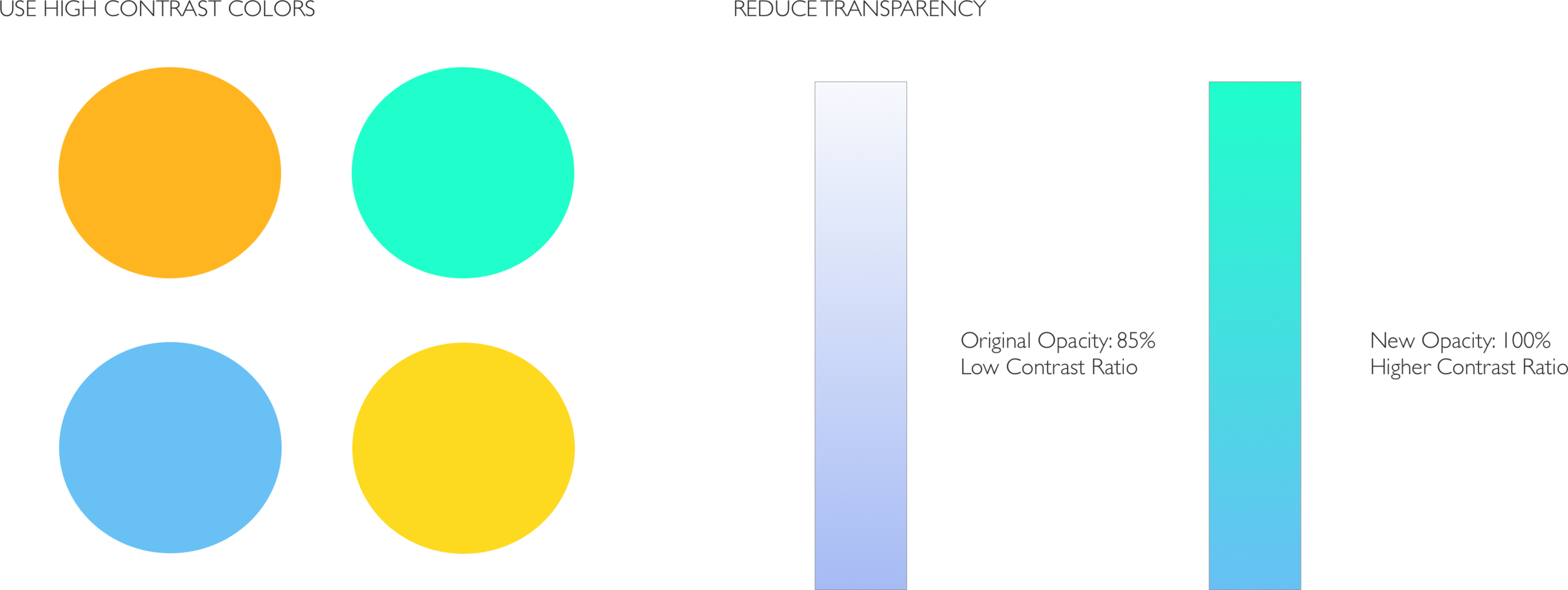
Card Design
I designed the business card for Felicity CBT and enjoyed playing around with the color scheme, weight of font, and whitespace.

Partners
We would like to give a special thank you to The Basement at UCSD for their continued support to Felicity.




